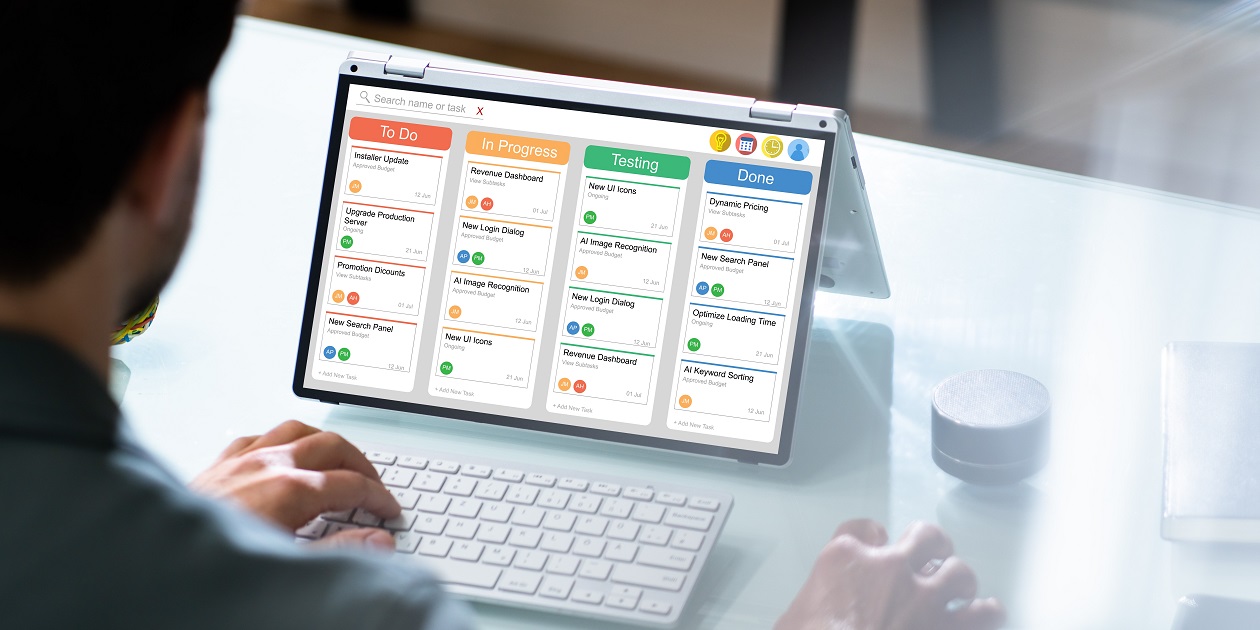
Scrum masters are integral for helping agile development teams solve complex problems. They are servant leaders committed to ensuring scrum guidelines are implemented so that teams can improve productivity and deliver value to the customer consistently.
Metrics help them establish a baseline and inform decision-making, ensuring value is delivered over time. While scrum teams vary depending on the problem they are trying to solve, here is an overview of standard metrics that can help every scrum master guide their team to success!
Scrum Team Dynamics
The scrum team is built around the need to continuously deliver value on an ongoing basis by the delivery team to the customer. The delivery team works on each iteration’s commitment while the customer provides the product vision/goals and acceptance criteria, usually through a scrum product owner.
Scrum is recommended to run in 2 – 3 weeks sprints. After each sprint, a smaller pre-defined value is delivered to the customer for feedback through the sprint’s demo. In addition, a sprint retrospective is always recommended so that the team can reflect on what worked or didn’t in the previous sprint for ongoing improvement.
Scrum Team Metrics and Goals
At the most basic level, once the team is self-organized, follows the scrum values, and delivers a viable product to the customer, it has met its goal. The composition of each scrum team is unique and therefore metrics measured will vary between teams. However, here are some common key performance indicators (KPIs) a Scrum Master can use to provide insights into the team’s productivity:
Velocity: Measures the amount of work the scrum team completes during a sprint, either in story points or hours. It’s based on subjective estimates and will vary.
Sprint Burndown Chart: Compares the work left to do versus the remaining time. It’s also measured graphically in story points or hours, where the X-axis represents time, and the Y-axis is the amount of work left to complete.
Sprint Burnup Chart: Measures how much work has been completed compared to the overall work forecasted.
Control Chart: Compares work completed to total work, showing the progression. It shows the Lead time or Cycle time (often used in Kanban) for the product, version, or sprint and provides the scrum master with insights that can help consistently shorten cycle time.
- Lead Time: The total time from when something is requested by the customer until completed and released.
- Cycle Time: Primarily measures the workflow health by showing the work in progress divided by the average completion rate of a task.
Team Satisfaction: Measures the team’s overall health. It’s often qualitative, but it’s important because you need a motivated team open to continuous learning to innovate and create value for the customer.
Customer Satisfaction: Measures the value delivered to the customer - the ultimate metric!
While there is no one best measure for assessing an agile team’s performance, the key question to keep in mind is, do we have the right team and processes in place to understand, monitor, and deliver the customers’ needs continuously? Being agile is about putting people first by having the right culture that fosters openness, adaptability, and innovation. How we get to the solution, is often irrelevant to the customer. What matters is the value delivered.
While the scrum master gets quantitative insights from the list of key scrum metrics, it is also important to listen to the team’s feedback during retros. Then implement the takeaways to ensure the team stays productive in consistently delivering value to the customer as their needs evolve.
How is your agile journey going? Need some coaching? We can help get it DONE!

